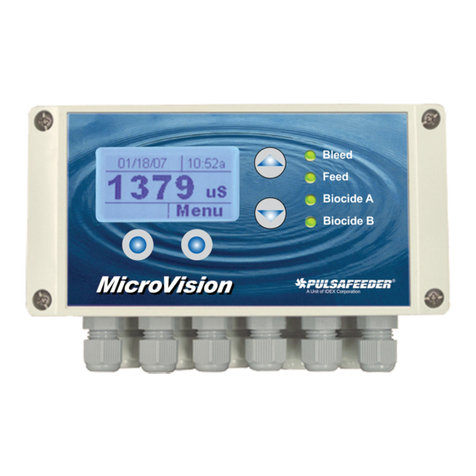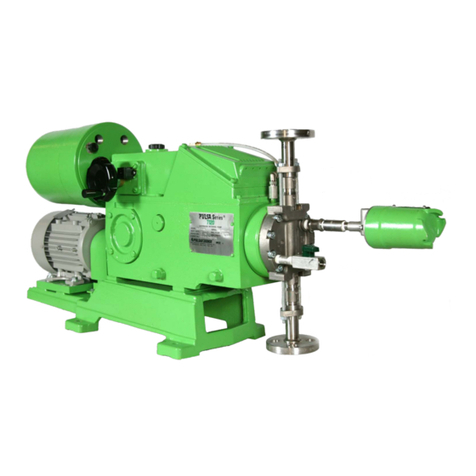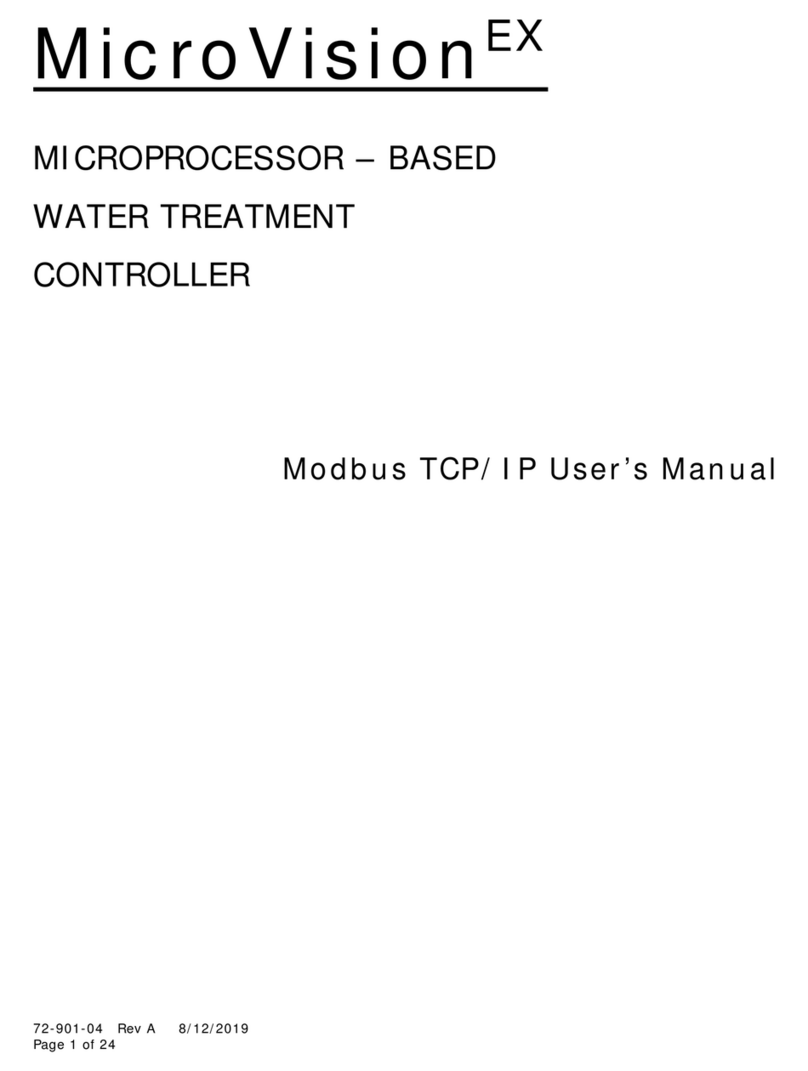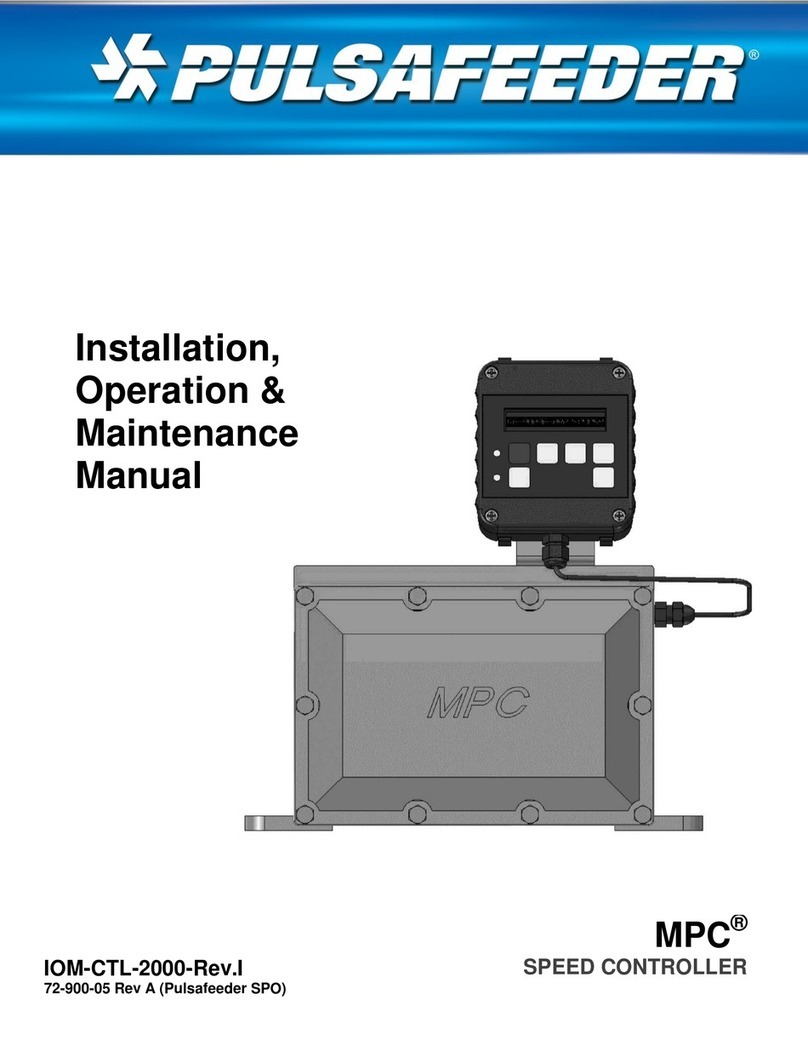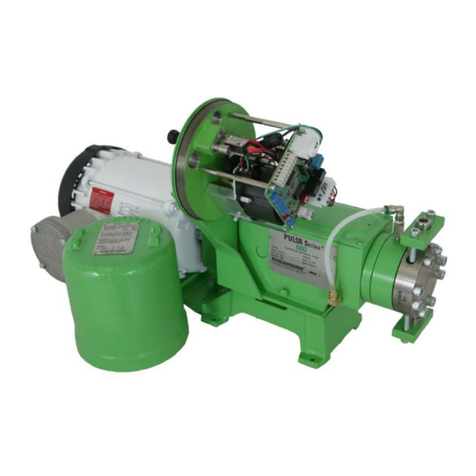
2
13.7 Configuring Relays 2,3 and 4 ...............................................................................27
13.7.1 Disabled .................................................................................................28
13.8 By Setpoint....................................................................................................28
13.8.1 Setpoint .................................................................................................28
13.8.2 Deadband................................................................................................29
13.8.3 Overfeed Time..........................................................................................29
13.8.4 When to Activate.......................................................................................29
13.8.5 By Water Meter.........................................................................................29
13.8.6 By percent of blowdown Time .......................................................................30
13.8.7 By Percent of Time ....................................................................................30
13.8.8 By Calendar Time ......................................................................................31
13.8.9 As an Alarm Relay......................................................................................31
13.8.10 Change Relay Name.................................................................................32
13.8.11 Scheduled Lockout ..................................................................................32
14 Setting up The Calendar Timer ..................................................................................32
15 Alarms...............................................................................................................35
16 Water Meter ........................................................................................................35
17 Set-up the 4-20mA Output........................................................................................37
17.1 Set Up of the 4-20mA Output ..............................................................................37
17.2 Set the 4-20mA Range.......................................................................................37
17.3 Manual Control ...............................................................................................38
17.4 Which Process ................................................................................................38
17.5 Calibrate the 4-20mA Output ..............................................................................38
17.6 Change 4-20mA Name .......................................................................................38
18 System Set-up Menu ...............................................................................................38
18.1 Process Parameters..........................................................................................38
18.2 Change Process Name .......................................................................................38
18.3 Damping .......................................................................................................39
18.4 Initialization ..................................................................................................39
18.5 Digital Inputs .................................................................................................39
18.6 Firmware Version ............................................................................................39
18.7 Change the Security Passwords ............................................................................40
18.8 Diagnostics ....................................................................................................40
18.9 Communications..............................................................................................40
18.10 Com Port Set-up...........................................................................................40
18.11 Initialize Modem...........................................................................................41
18.12 Remote Password .........................................................................................41
18.13 Node Installation ..........................................................................................42
19 Setting the Clock...................................................................................................42
20 Changing the Security Levels.....................................................................................42
21 Maintenance ........................................................................................................43
21.1.1 Conductivity sensor ....................................................................................43
21.1.2 ORP Sensor ..............................................................................................43
21.2 Flow Switch Maintenance ...................................................................................44
22 Replacing the Fuses ...............................................................................................45
23 Troubleshooting ....................................................................................................45
23.1 Error Messages................................................................................................45
23.2 Factory Service...............................................................................................49
24 Drawings ............................................................................................................51
